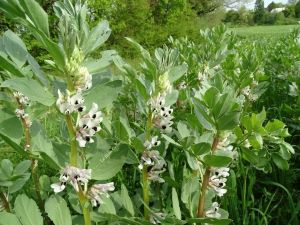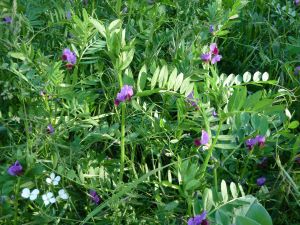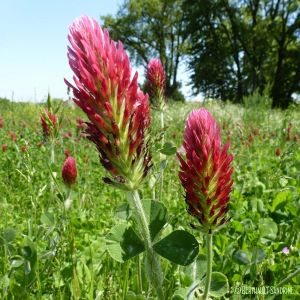Indeed, SCA is based on (i) diversification of cash crops, which in itself represents a strong lever for adapting systems to CC, (ii) reduction, or even elimination, of tillage, which has a positive impact on soil water functioning, and (iii) maximum soil coverage through the planting of service crops during the intercropping period.
This last lever is probably the one that generates the most important ecosystem services (ES), both supporting (acquisition/release of nutrients, structuring, overall improvement of soil fertility, etc.) and regulating (C storage in soils, albedo effect, water cycle, regulation of bio-aggressors, etc.), and truly constitutes a major axis of system redesign in an agro-ecological transition dynamic. However, performance levels linked to plant cover are highly uncertain, and failures are common, especially in Mediterranean climates, even though the effects of CC are already widely evident, particularly on the availability of water resources.
The main scientific challenges of this thesis work are (i) to gain a better understanding of the levels of SE provided by a diversity of plant cover crops, by quantifying them dynamically over the intercropping period during which they are planted; (ii) to quantify the effects of irrigation strategically positioned on these cover crops to avoid germination-emergence problems on the levels of SE obtained; and (iii) to integrate these processes into the Optirrig irrigation optimization model.
Key words: Ecosystem services, Intercropping cover, Irrigation, Soil conservation agriculture, Agroecology
 |
 |
 |
|
Féverolle – photo credit: https://biaugerme.com |
Vesce – photo credit: https://boutique.jardinonssolvivant.fr |
Trèfle – photo credit: ©Berthault Sandrine |






